
Rick Dangerous is a platform game developed by Core Design for the Acorn Archimedes, Amiga, Atari ST, Amstrad CPC, ZX Spectrum, Commodore 64, and MS-DOS. The game was released in 1989 and published by MicroProse on the Firebird Software label in the UK, and on the MicroPlay label in America. It was also published in Spain by Erbe Software. Later, it was released with two other games, Stunt Car Racer and MicroProse Soccer, on the Commodore 64 Powerplay 64 cartridge. The game was followed by a sequel, Rick Dangerous 2, in 1990. Loosely based on the Indiana Jones film franchise, the game received mixed reviews from critics.

Moonstone: A Hard Days Knight is an action role-playing video game by Canadian independent developer Rob Anderson and published by Mindscape for the Amiga in 1991 and one year later converted to DOS with different sound and music. The title is a play on A Hard Day's Night.
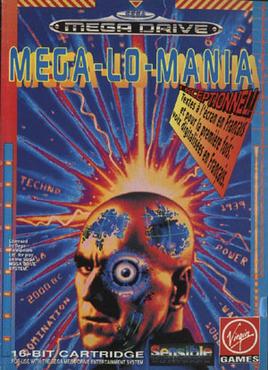
Mega-Lo-Mania is a real-time strategy video game developed by Sensible Software. It was released for the Amiga in 1991 and ported to other systems. It was released as Tyrants: Fight Through Time in North America and Mega Lo Mania: Jikū Daisenryaku (メガロマニア時空大戦略) in Japan. The game was re-released on ZOOM-Platform.com via Electronic Arts on August 31, 2022.
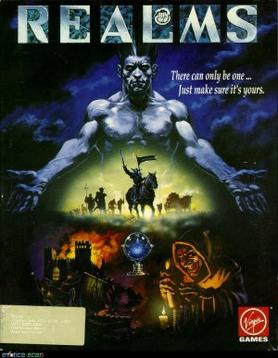
Realms is a 1991 real-time strategy game produced by Graftgold Ltd. for MS-DOS, Amiga, and Atari ST. It was published by Virgin Games. In Realms, the player has to build cities, collect taxes, create troops and fight enemy cities and troops in order to defeat their opponents.
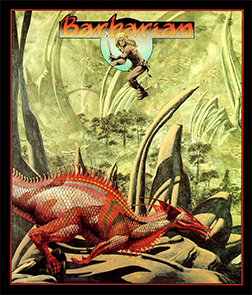
Barbarian is a 1987 platform game by Psygnosis. It was first developed for the Atari ST, and was ported to the Amiga, Commodore 64, MS-DOS, MSX, Amstrad CPC, and ZX Spectrum. The Amiga port was released in 1987; the others were released in 1988. The cover artwork is by fantasy artist Roger Dean.

Obsession is a pinball video game developed and originally published by Unique Development Sweden for the Atari STe on December 2, 1994. It is the first video game to be created by UDS and one of the last official releases for the Atari ST platform after being discontinued in 1993 by Atari Corporation. In the game, players can choose between any of the four available playfields, both of which have their own thematic and main objectives in order to obtain the highest score possible.

Jaguar XJ220 is a pseudo-3D racing game released by Core Design for the Amiga in 1992 and Mega-CD in 1993. The car featured is the eponymous Jaguar.

Black Gold is a business simulation game released in 1989 by reLINE Software.

Toki is a run and gun platform game released in arcades in Japan in 1989 by TAD Corporation. It was published in North America by Fabtek. Designed by Akira Sakuma, the game has tongue-in-cheek humor mixed with the action. The player controls an enchanted ape who must battle hordes of jungle monsters with energy balls from his mouth. The ultimate goal is to destroy the evil wizard who cast a spell on the title protagonist; thereby transforming him from an ape back into a human, and rescuing the kidnapped princess. The game was ported to several video game consoles and home computers.
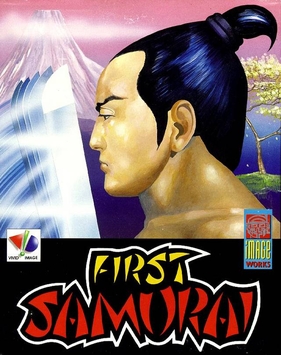
First Samurai, alternatively titled The First Samurai, is a 1991 beat 'em up platform game developed by Vivid Image and published by Image Works. The First Samurai was originally released in September 1991 for the Amiga and Atari ST, and was later ported to the Commodore 64, MS-DOS and the Super Nintendo Entertainment System. It was followed by a sequel, Second Samurai, in 1994. In 2011 a port was released for iOS.

Overlord is a combat flight simulator by Rowan Software. It was released in 1994 for Amiga and PC MS-DOS platforms.

Lionheart is a platform game for the Amiga developed and self-published by German video game developer Thalion Software in 1993. Using a fantasy motif, the game takes place in the land of the Cat People, a race of feline humanoids, who are threatened by the evil Norka. The player assumes control of Valdyn, an outlaw swordsman who is also known as "Lionheart". Players have to fight their way through 14 levels filled with monsters and environmental hazards. Most of the gameplay is melee combat and precision platforming.
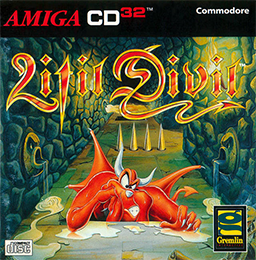
Litil Divil is a video game released by Gremlin Graphics Software in 1993. The game stars Mutt, a dog-like devil in the Underworld whose goal is to obtain the "Mystical Pizza of Plenty" from the Labyrinth of Chaos. Litil Divil's release was delayed several times, and the game was initially advertised in magazines under the name Little Divil.

Elvira II: The Jaws of Cerberus is the second game in the Elvira series of horror adventure/role-playing video games. It was developed by Horror Soft and published by Accolade in 1992. The game is a sequel to 1990's Elvira: Mistress of the Dark. It was followed by Waxworks, which can be considered its spiritual sequel.
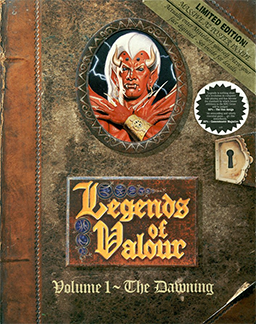
Legends of Valour is a role-playing video game developed by Synthetic Dimensions and released by U.S. Gold and Strategic Simulations in 1992 for the Amiga, Atari ST and MS-DOS, with the additional FM Towns and PC-98 versions in 1993-1994 in Japan only. As the game was planned to be a first part of the series, its full title is Legends of Valour: Volume I – The Dawning. The proposed unreleased sequel to Legends of Valour was to take place in the world outside Mitteldorf, the enclosed city where the entirety of Legends of Valour takes place.
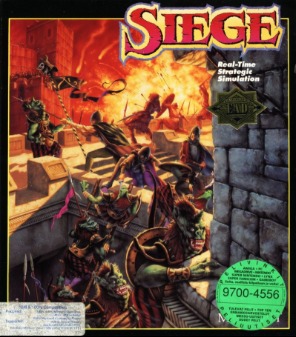
Siege is a video game released by Mindcraft in 1992 for MS-DOS. An expansion pack, Dogs of War, was released. It added multiplayer, six new castles, and 16 new units to the game. A sequel, Ambush at Sorinor, was released in 1993.
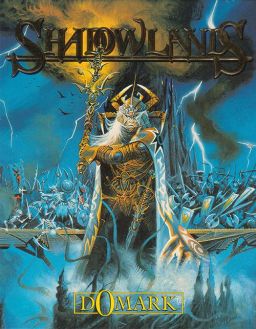
Shadowlands is a 1992 video game developed by Domark for DOS, Amiga, and Atari ST.
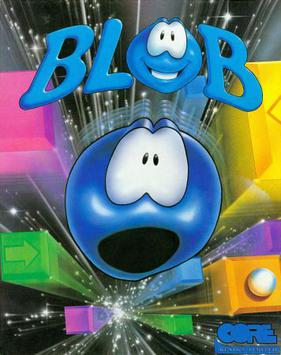
Blob is a puzzle-platform game with more gamemodes developed by Jonnathan Hilliard and published by Core Design for the Amiga. It was released in the United Kingdom on September 1, 1993.

Dragonstone is a fantasy action role-playing game, which Core Design published for the Amiga in 1994 and Amiga CD32 in 1995. It was planned as a sequel to the Amiga game Darkmere, but became a standalone game over the course of development, possibly in part due to Darkmere's repeated delays.

Deathbringer is a 1991 side scrolling action game developed by Oxford Digital Enterprises and published by Empire that was released for the Amiga, DOS, and Atari ST.




















